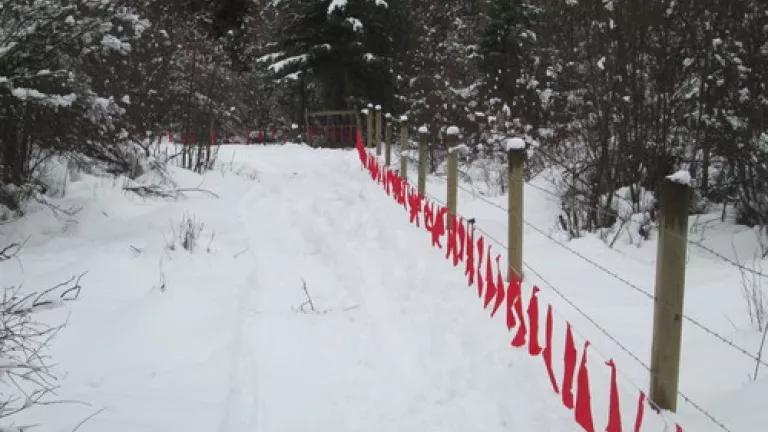Wild Things
Many ranchers are rejecting the old practice of killing large carnivores to protect livestock. Instead, they are increasingly using new technology and old methods of animal husbandry to coexist with carnivores.
Native carnivores bring balance to the landscape and keep ecosystems healthy.
But they can also be seen as a threat to livestock, and for decades government trappers have killed them in large numbers. The U.S. Department of Agriculture's Wildlife Services program kills tens of thousands of native carnivores annually, often at the demand of the ranching industry. It is a battle against nature that is costly, brutal, and not very effective. Does the battle really need to be fought? Wild Things introduces audiences to progressive ranchers learning to coexist with these animals and features scientists, conservationists, and even former Wildlife Services trappers, who believe it is time for a major change in the way we treat our magnificent native carnivores.









Cast List

Douglas Smith, PhD
Leader of Yellowstone National Park's Gray Wolf Restoration Project

Andrew Anderson
A Montana cattle rancher using nonlethal methods to control predation

Becky Weed
A Montana sheep rancher using nonlethal methods to control predation

Bill Jensen
A sheep rancher in California using nonlethal methods to control predation

Carter Niemeyer
A former Wildlife Services agent and trapper, now working with 40 ranches in Alberta on nonlethal predator control

Sherrine and Joe Engelhart
Alberta cattle ranchers participating in a large-scale project to control predators nonlethally
Resources

Reform USDA's Wildlife Services
Every year, the U.S. Department of Agriculture's Wildlife Services program kills thousands of wolves, bears, coyotes, and other carnivores. What possible justification could the government have for killing wildlife on the taxpayers' dime?

A Montana Cattle Ranch Trying to Help Wildlife—and Wolves
This Montana cattle ranch is trying to ensure its operations benefit wildlife—and yes, that means wolves, too.

Another Step in the Right Direction: Hanging Fladry with Wildlife Services
A unique collaboration has one simple goal: reduce the use of lethal control and keep more livestock and wildlife alive by working proactively to prevent conflicts from happening in the first place.

Now is a Perfect—and Critical—Time for Wildlife Services to Assist with Nonlethal Measures
There is an immediate need for Wildlife Services to provide actual, on-the-ground assistance to livestock producers to help implement proactive measures to prevent livestock-predator conflict.

Stop Predator Poisons from Killing Wildlife and Harming Ecosystems
There's no place for these deadly poisons on American lands.

The Ecological Importance of Predators
Regrettably, the U.S. Department of Agriculture's Wildlife Services ignores the positive role that predators play in their surrounding habitat.

Fuzzy Math: Wildlife Services Should Improve Its Economic Analysis of Predator Control
Much of Wildlife Service's lethal control is justified, in part, by economic analyses that are often incomplete and sometimes incorrect.
